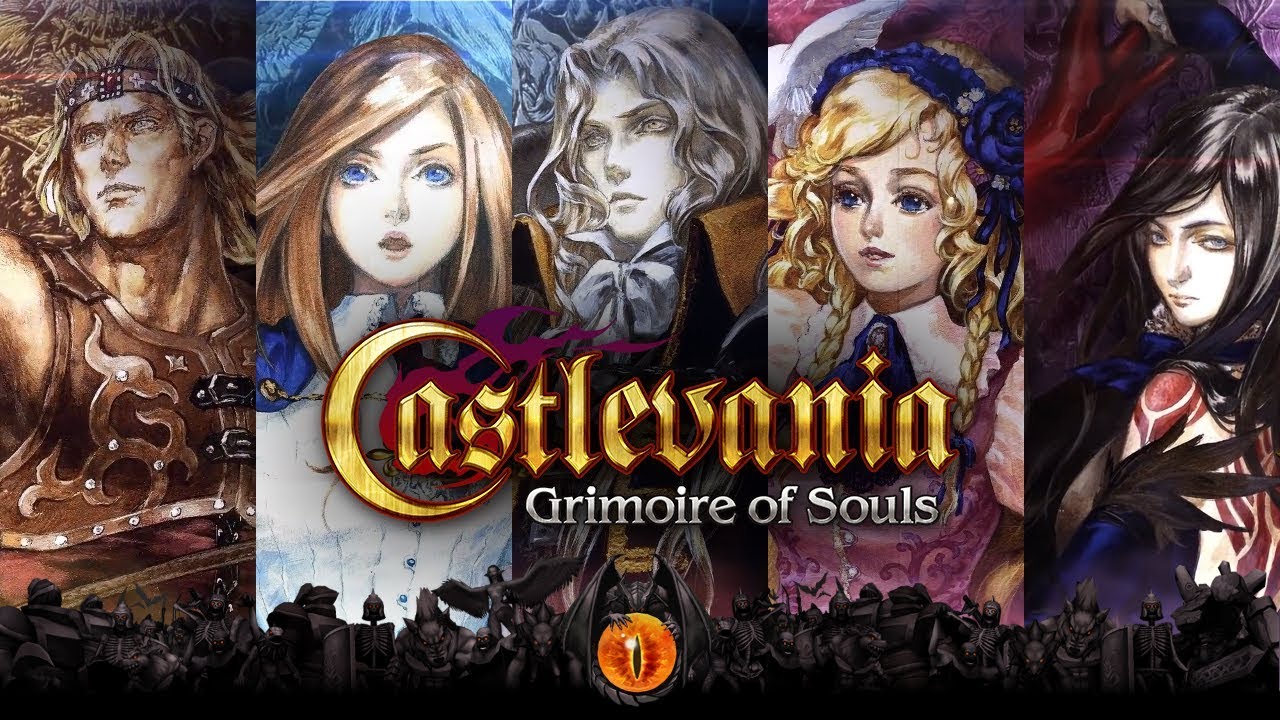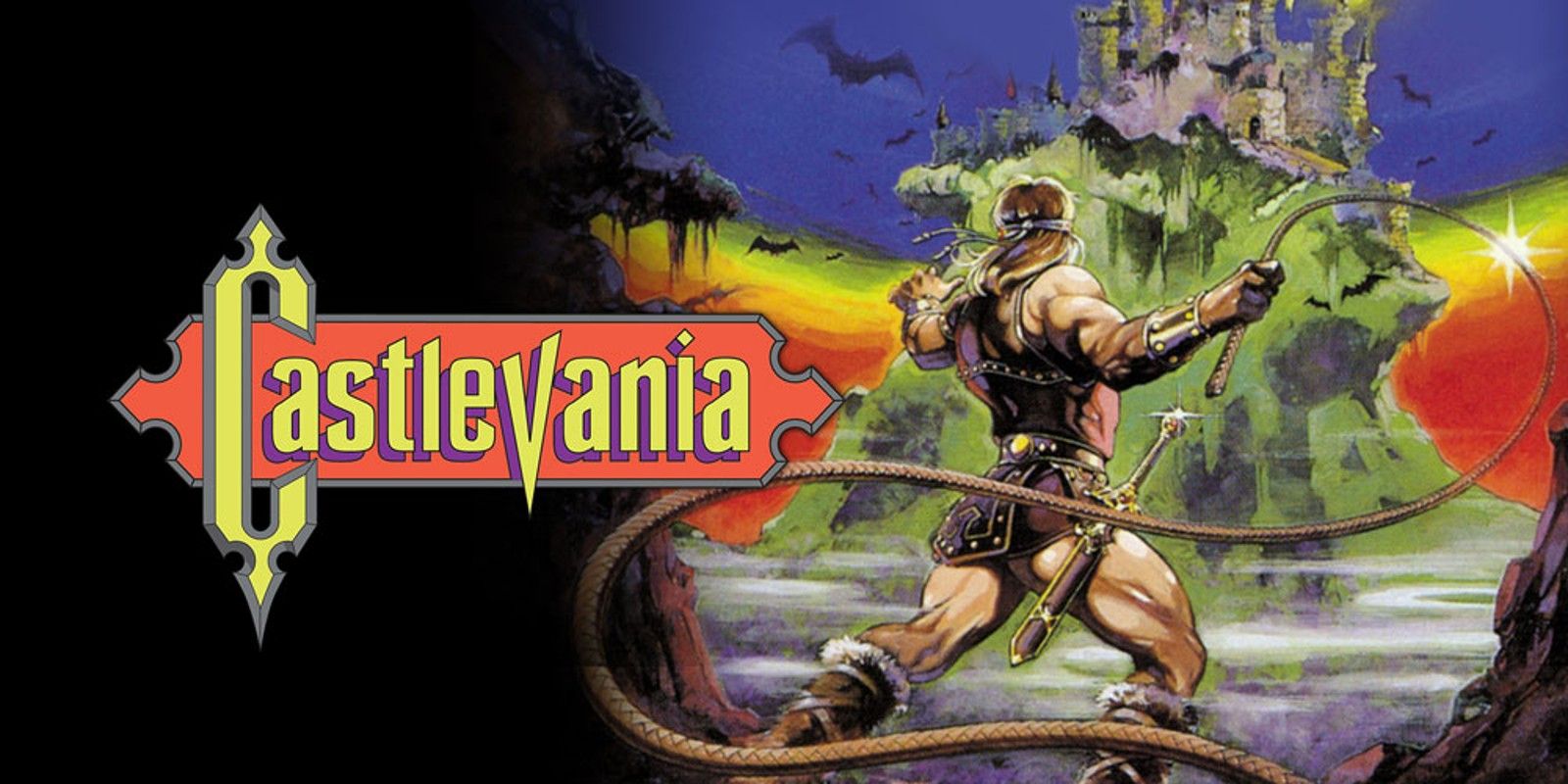

Last year's port of the Wii U game The Wonderful 101 is an example of a game that tried to translate its original's unique capabilities for a console that lacked its gimmicks. Still, these games were designed specifically to be played on a console with two screens, so bringing them to modern consoles would take far more than a simple port.

Order of Ecclesia, on the other hand, essentially did away with the gimmick. This was somewhat criticized upon released, and Portrait of Ruin was noted as implementing touch screen features far more organically and effectively. Players would need to drawn over them on the second screen after a boss was weakened to truly finish them off, lest they begin regaining health. For instance, Dawn of Sorrow had magical seals that would appear during boss fights. RELATED: Every Game Coming to Nintendo Switch Sega Genesis Online Why the DS Castlevania Games May Never Be Remadeĭawn of Sorrow, Portrait of Ruin and Order of Ecclesia all included features that utilized the DS' dual screens and touchscreen, which were vital to the gameplay mechanics. Sadly, despite being the entry point for a generation of Castlevania fans, they've sadly gone untouched, not even receiving upgraded ports on the 3DS. That system may have been the last place to rerelease these games in their original forms considering how dependent they were on the DS hardware. This made the DS titles the face of the franchise for half of a decade or so, while the 3D spinoff series Lords of Shadow attempted to reboot the continuity. It was followed by Portrait of Ruin and Order of Ecclesia, which were both also successful.

A great success both financially and critically, Dawn of Sorrow was one of the first real gems on the burgeoning handheld system, helping catapult it to its eventual success. The sequel to the GBA's Aria of Sorrow, the title reflected the "DS" naming pun of many early games on the system. The first DS Castlevania game was 2005's Dawn of Sorrow.


 0 kommentar(er)
0 kommentar(er)
